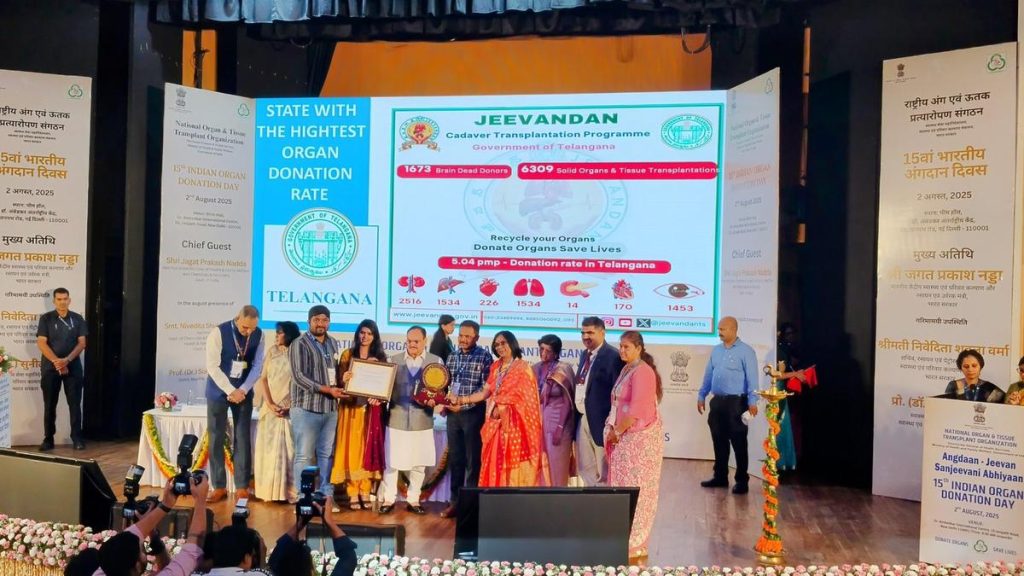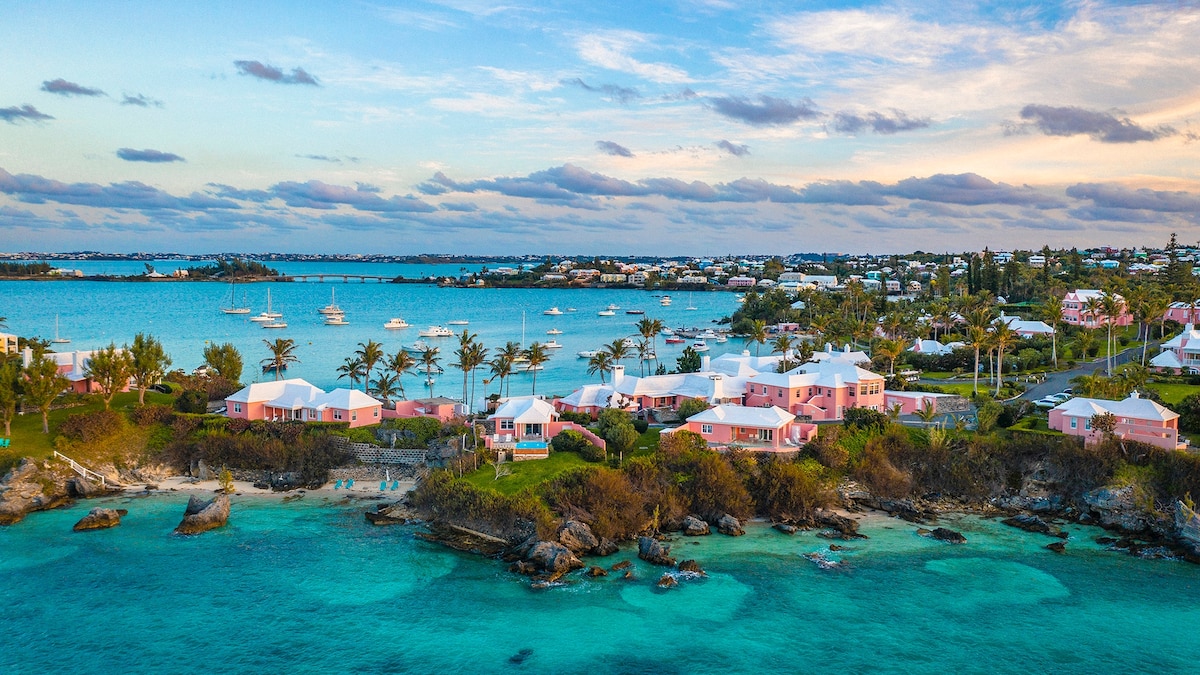Now Reading: Coexisting with the 800-Pound Bear Next Door
-
01
Coexisting with the 800-Pound Bear Next Door
Coexisting with the 800-Pound Bear Next Door

Speedy Summary:
- Location: Mushkoh Valley, Ladakh, India-known for its Shina culture and the biodiversity of snow leopards, Tibetan wolves, ibex, and himalayan brown bears.
- Conflict history: The valley was a frontline during the Kargil War (1999) but now faces challenges related to wildlife conservation.
- Himalayan Brown Bears: Critically endangered subspecies (<1,000 estimated globally), with half residing in northern India. Threatened by habitat loss, human-wildlife conflict (livestock killings/trash consumption), unsupervised grazing, and retaliation from villagers.
- Efforts for Coexistence:
– The Drenmo Lodge and Himalayan brown Bear Trust initiated education programs to mitigate bear-human clashes.
– Community-driven steps include secure food storage systems, motion lights to deter bear raids, eco-tourism activities like wildlife spotting programs led by locals.
– Conservation work also focuses on generational change through educating children about bear ecology.
- Outcomes: Positive shifts observed among villagers; rising acceptance of bears’ ecological role within communities alongside economic benefits from eco-tourism initiatives.
Indian Opinion Analysis:
The conservation efforts in Mushkoh Valley showcase an encouraging model of community-led solutions addressing ecological challenges while promoting harmonious coexistence between humans and critically endangered wildlife. The blend of customary livelihood support with eco-tourism not only provides income but fosters environmental stewardship among locals-a vital step towards sustaining this fragile ecosystem as conflict zones often struggle with social growth.
Educating younger generations through hands-on experiences brings long-term societal change where fear is replaced with respect for nature’s complexity. If scaled effectively across other regions in India facing similar human-animal conflicts (e.g., elephants or tigers), such community-based conservation models could create lasting impact both environmentally and economically while preserving india’s rich biodiversity legacy.
Read More at: National Geographic























